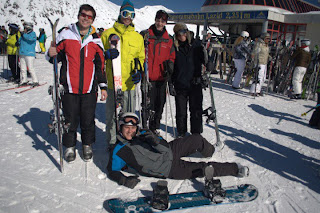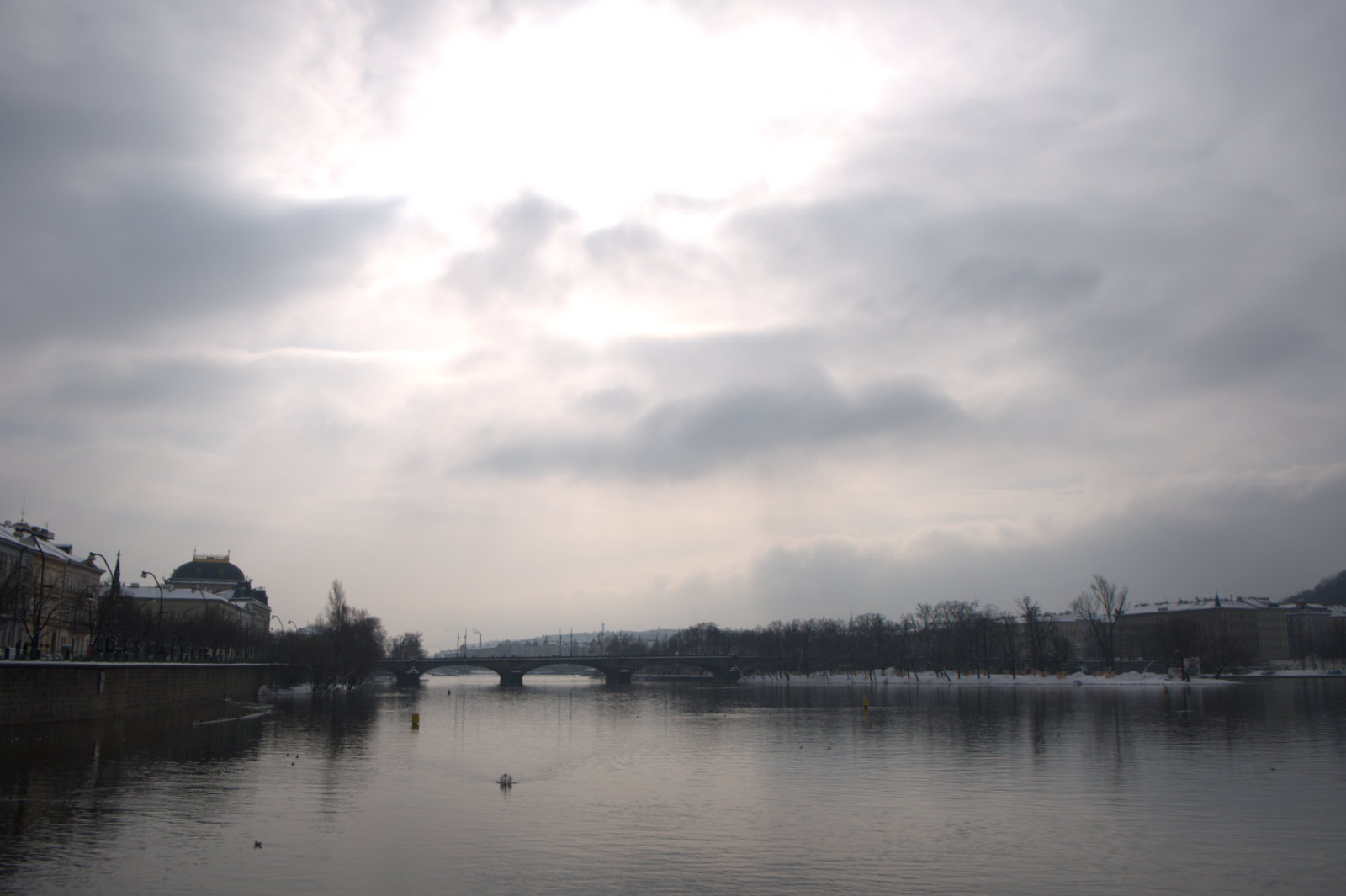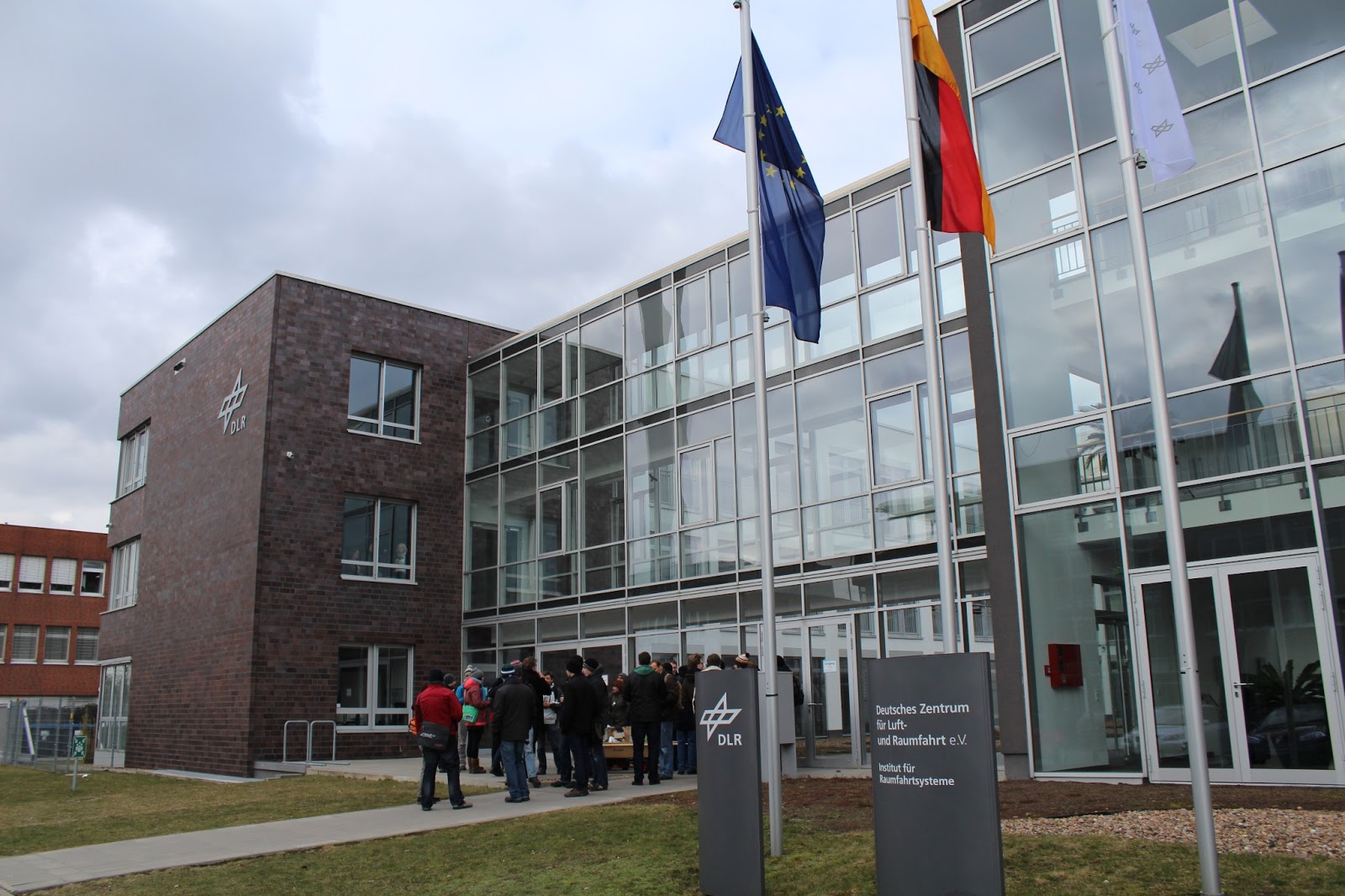Let’s start in the beginning (kind
of): Jan Hus is the most famous figure of the Czech Republic (2nd
place is Jaromír Jágr; NHL player). Hus is famous for many things in the
history of Prague and the Catholic religion. We were told the story of how he
went against many Catholic teachings and instructions to translate the lessons
of the Bible from Latin to Czech, allowing the general public to read those
lessons for themselves. Hus was burned at the stake for heresy.
In response to Hus’ death, a group
of Czech Hussites formed to respond to the death of such a great man; he who
gave the lessons of the Bible to the people. Appalled by the charges and
eventual burning of Hus, this group marched to the New Town Hall on Charles
Square. They marched into the town hall and, in a process called
defenestration, through the judge and thirteen members of the city council out
the window to fall to their deaths. I’m pretty sure that wouldn’t fly in this
day and age either (It’s a pun! Get it!).
Fast forward a few thousand years,
and we have the rise of the Nazi party in Germany. In an effort to appease
Adolf Hitler, the British and French give Hitler the area known as the
“Sudetenland” (which included Czechoslovakia) through the Munich Agreement so that he would not forcefully try to expand Germany (it worked really well).
The funny (ironically funny, not comically funny) part is that the British and
French did not speak with Czechoslovakia about the decision. They were just
given away like some kind of offering.
During World War II, ReinhardHeydrich,
Hitler’s number two man, occupied Prague. He was arrogant and believed himself
to be more than human, nigh invincible. Prague Castle holds the royal family
jewels that are said to be cursed. Any person not of the royal lineage who
wears them will die within the year. (Do you see where this is going?) Heydrich
could not resist, so he occupied the castle and dawned the jewels and marveled
in his own glory.
A group, the Czechoslovakian
government-in-exile, was trained by the British Special Operations Executive,
and they wanted their revenge. They wanted to kill Heydrich. Because he was so
pompous, he continued to drive around in a convertible. When Hitler called him
for a meeting, the former government/new assassins found their chance to kill
him.
They knew there was only one road
between Prague and Berlin, so two of them camped along a bend in the road where
they believed they could kill Heydrich. As he drove by, one of the would-be
assassins sprayed his car with machine gun fire. Somehow, (he must have closed
his eyes) he managed to miss with every single shot. A normal man would tell
his drive to punch the accelerator and flee. However, Heydrich was proud.
Daring. He asked that the car be stopped to kill this attacker.
They stopped, a short distance
thereafter, in front of the second federal assassin standing with an explosive.
He tossed the bomb onto the car’s windshield causing a great explosion and
rendering the car useless. Yet, somehow, Heydrich emerged from the smoking
wreckage, wounded and bleeding, to exact revenge on these two men. Eventually,
he collapsed from blood loss and exhaustion before he could catch these two
attempted murderers.
A woman had seen the explosion and
came to Heydrich’s aid. She flagged down a van that would take him to a nearby
hospital. He had lost a lot of blood and would need a transfusion to survive
his injuries. Unfortunately (maybe), the nearest German city was Berlin, and he
would only accept Aryan blood. The blood of Czechoslovakians was impure and
unfit for a king like himself. He would die awaiting the shipment of pure Aryan
blood. In the end, he would die of his own arrogance and pride 363 days after
dawning the royal jewels.
During WWII, many of Prague’s Jewish
citizens were held in Terezin, a concentration camp.. They held many famous Jewish artists, musicians, and more here and were used to video tape the inside of the camp to show how popular and nice it was. This was all a clever trick because obviously things were not enjoyable inside the walls. A famous artist who also studied art psychology, Frederika Dicker-Brandeis, was held in Terezin.
She wanted to prolong the innocence of the children stuck in the camp, so she smuggled in art supplies. The children drew and painted marvelous, happy pictures. When the Nazis found out what she had been doing, she was transferred to Auschwitz, but she was able to collect many of the childrens' paintings in a suitcase and bury it in the yard of Terezin. Years later, this artwork was uncovered and is now on display Prague's Jewish Museum (unfortunately, we didn't get the opportunity to see these).
Now we move forward in time to the
occupation of Czechoslovakia by communism. Communists carefully (although not
carefully enough) select Alexander Dubček (Pronounced: “doob-check”) to lead
the country. This marks the beginning of an era known as the Prague Spring.
Dubček believed in giving some of the power to the people, and during the
Prague Spring, allowed his people the rights to free speech, media, travel, and
partial decentralization of the government and economy. Needless to say, the
Soviet power back Dubček was not exactly thrilled with this event.
They organized an invasion of
Czechoslovakia to begin at exactly 12:01 am, when all of the radio
communications would be disabled for the night. Unfortunately for the Russians,
the Czechs observed daylight savings time, and they invaded at exactly 11:01pm.
The Czechoslovakians were able to relay a message through the radios that the
Russians had invaded their country. They could not fight such a vast army with
so little preparation, so they devised a two-part plan…
Citizens were told not to fight the
army. They were told to go out and take down, paint over, or destroy the street
signs; all save the signs directing the invading army back to Moscow. The
second part of the plan was to name every city Dubček. Each city the commanding
officer entered, he would meet a citizen and ask, “Where are the street signs?
What is the name of this town?” To which, the law abiding citizen would
respond, “Why I don’t know, but you’re in the town of Dubček, sir.” Town after
town this happened. The commander raged with anger. With no street signs, no
city names, and no Google maps or TomToms to direct them, it took three days to
find Prague; a journey which should have taken only a few hours. Unfortunately,
the forces eventually did cease control of Prague and remove Dubček from power,
but it was a good effort, and it is estimated that 70,000 people fled the
country immediately, while the wave of emigration eventually reached a grand
total of about 300,000. Pretty clever bunch, if you ask me.
Shortly thereafter, in response to
the taking away of the rights and liberties provided to them by Dubček by the
Soviet insertion, many non-violent protests spread throughout the country. The
most famous of these protests was performed by a Czech student, Jan Palach.
He entered Wenceslas Square, poured gasoline over his body, and lit himself on
fire. His protest was not only in response to the Soviet invasion but a
response to the demoralization felt by the Czechoslovakian citizens. He wanted
his people to not give up or give in to the communist regime moving into their
home.
Although Palach's attempts did not succeed, a more powerful and supported non-violent movement of Czechoslovakians, dominated by students, made and effort to oust Communism in 1989. This effort was known as the "Velvet Revolution", which eventually succeeded. Between 1913 to 1993, when
Czechoslovakia dissolved (in the peaceful "
Velvet Divorce")
into the Czech Republic and Slovakia, the Czechs had undergone eight different
regime changes, including the Nazi and Communist invasions, and now they must
deal with a new invasion: tourism. Their national anthem, “Kde domov můj?”, is
appropriately translated to “Where Is My Home?”. You would probably feel the
same way if your country was conquered, traded, and reformed like the ragdoll
country that is the Czech Republic.































